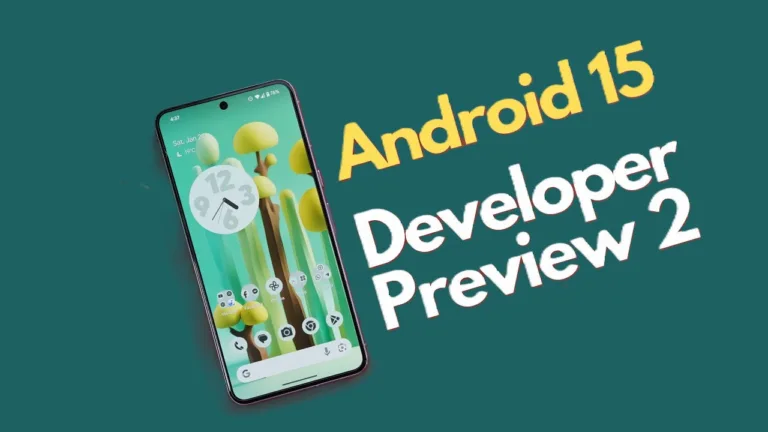Kling AI: Unbelievable Video Generation Innovation (2024)
AI is becoming much more dynamic and with the new entrant has very much begun to revolutionize the entire market and eye. Let me introduce – Kling, the newest characteristic Chinese video AI producer that opens new doors and extends opportunities for generating AI video.
Until recently, being a rather localized project, using Kling became impossible for people who do not have a Chinese mobile number. Nevertheless, a new dig is in sight that has provided international users an opportunity to interact with this relatively unexplored interface. Now it is the time to explore what makes Kling unique and how you can start using it right now.
Getting Started with Kling
The steps to get to Kling are not very many and I will expound them here even though I know that will not persuade Here’s a quick rundown:
- Head to your device’s app store to download the Kwai Cut app.
- For the first step, it is necessary to make an account choosing the preferred way of authorization.
- Find where the application process is located inside the application.
- You are kindly asked to fill out a short survey about your planned usage of the site and the part you wish to perform here.
- Give the contact details including the phone number that need not be your Chinese number though you can get a temporary Chinese number online.
It will take 3-4 working days to generate a response from the respective authority, provided you have applied for it. One has to mention that Kling is still mobile-only, which can be inconvenient for those who are more used to web interfaces.
That said, this mobile-first approach does bring its own specific prospects as far as the uncluttered organization of workflow and interaction with the camera roll of your device of choice is concerned.
Creating with Kling
Kling offers two primary modes of video generation:
Text-to-video and image-to-video. Each of them yields excellent outcomes that prove the effectiveness of the given platform.
Text-to-Video:
When utilizing text prompts, it is necessary to type them in Chinese. It is perfectly fine if the two of you are not fully conversant in each other’s language – the use of ChatGPT can come in handy in translating the conversation. I would even say that to understand the basic operations available in this application, it’s not necessary to know the Chinese language.
Some tips for text-to-video prompts:
- It is recommended to use simple tasks and action-related PROMPTS.
- Feelings were stressed, as well as general settings.
- Many of the filters depend on aspect ratio and there are preset modifiers you can play around with.
Image-to-Video:
Indeed, this feature perhaps defines Kling more than anything else. A user can upload an image and get Kling to animate it or continue the scene. The outcomes are quite often brilliant, namely, transitions themselves look quite polished and there is a proportional distribution of efforts drawn into details.
What Makes Kling Stand Out
- Quality of Output: The motion in the videos that Kling created is smooth, and the image quality is quite great, although some of the details might look slightly blurred, at least in the facial features, hands, and similar elements that engaged AI.
- Contextual Understanding: The AI appears able to interpret the prompts in their context hence providing results that are in line with the request’s tone or call for a certain action with simple prompts.
- Extension Capabilities: Compatible with this is Kling’s workflow where it is possible to elongate generated videos or append something to image-to-video creations. The said feature enables the shooting of long complicated scenes that don’t change from one camera angle to the other.
- Mobile Workflow: At first, the lack of a web-based option is a disadvantage; however, the authors indicate that the mobile-only format simplifies the process. The created videos are conveniently saved into the camera roll for additional editing or distribution.
Practical Applications
The potential applications for Kling are vast:
- Content Creation: To create many fast videos for social media channels or for a marketing campaign.
- Storyboarding: Digital painting for example to conceptualize scenes for film or animation production.
- Concept Art: Be used to create dynamic representations of static characters or environment designs.
- Education: Develop better graphics for what is taught in a lesson or what is being presented.
Conclusion
In the future with deep learning advancing, the video generation tools such as Kling are emerging and making video production more open. Projects that used to require time and raw talent or expertise are slowly being opened to the mass market.
With this, for now, Kling is a positive evolution of artificial intelligence in the creation of videos. No matter whether one belongs to the content creation or a marketer, an educator, or a plain user eager to learn more about the modern advancements in the spheres of AI and video making, Kling presents a great chance to discover these opportunities.
Kling is an example of an AI art tool that paves the way for a new age of generative art and that shows there is a lot more to come. Now that is the future of video production and believe it or not it has never been any easier.
Read More:
